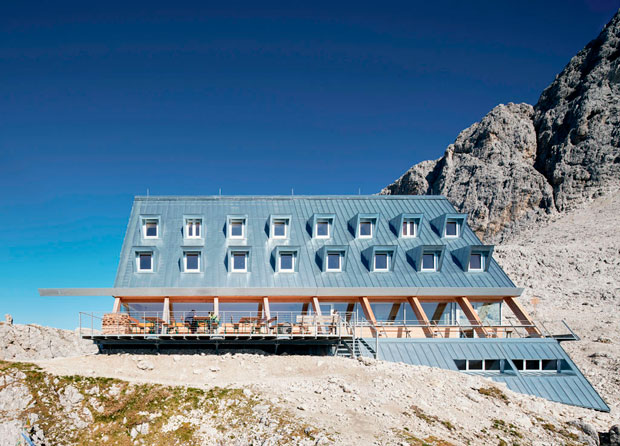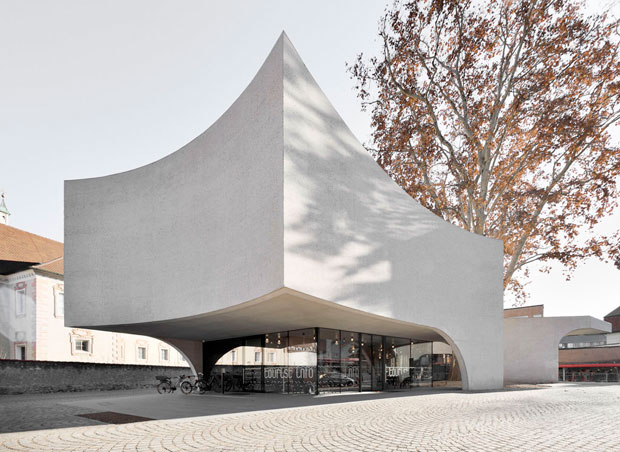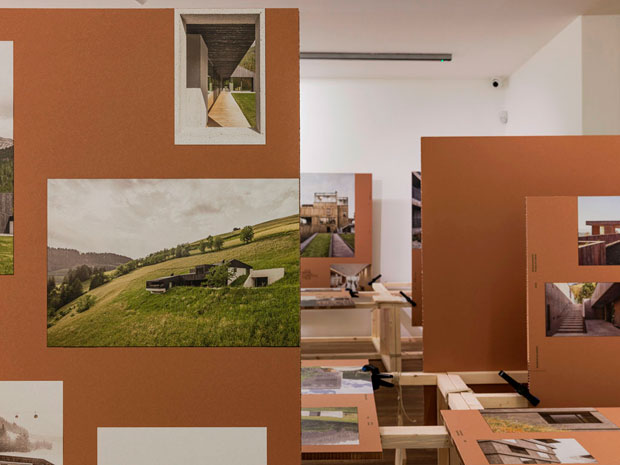South Tyrol, evolved architecture
Now at the Merano Arte museum, an exhibition of the latest evolutions in South Tyrolean architecture, among the most interesting languages on the international scene
Fourth edition for the exhibition Architetture recenti in Alto Adige [Recent Architecture in South Tyrol], open at Merano Arte from 27 October to 16 February: created in collaboration with the Fondazione Architettura Alto Adige and the Südtiroler Künstlerbund, the exhibition offers an overview of a territory recognised as one of the most significant centres of experimentation in this field.
From the more than 240 proposals received, an international jury composed of the curator Filippo Bricolo, Annette Spiro and Elisa Valero selected a list of 56 projects that show the evolution of architecture in the South Tyrol region over the last six years, expanding a survey that in its entirety covers a time span from 2000 to today.

The high-altitude refuge in the heart of the Sciliar-Catinaccio Nature Park opens a dialogue with nature itself.
The heart of the investigation focuses on two fundamental questions: does an architecture of South Tyrol exist? And if so, what are its distinctive characteristics? The array of projects, rather than providing a definitive answer, is intended as a starting point for critical analysis and an open debate, in part through the identification of a few key categories.

MoDusArchitects designed the new building that houses the Tourist Information Office of Brixen. The reinforced concrete structure with curved and slender shapes unfolds around a centuries-old tree, which is not only preserved but becomes the fulcrum of the project.
Unlike previous editions, which were based on a more geographic approach, here the criteria adopted for choosing the works of architecture – such as the responsible use of materials and their provenance, the efficient management of resources, respect for the environment but also the ability to transcend pure functionality and integrate poetic elements – revealed a series of nuclei or “families” united by similar visions. The exhibition is completed by a catalogue published by the Zurich-based publisher Park Books.

Abitare © All rights reserved

















